Nourishing the future through innovation and creativity
Texas A&M AgriLife celebrates World Food Day today for a healthier tomorrow
While striving for an increasingly more sustainable agriculture system, our society is becoming more and more aware that agriculture is the solution to some of the most fundamental challenges we face here at home and around the globe.
Whether addressing food deserts in rural and urban communities, chronic diseases related to nutrition or improving the air we breathe, the water we drink and the soils that support our food supply, agriculture can provide the answer.
Celebrating World Food Day
As we celebrate the Food and Agriculture Organization of the United Nations’ World Food Day, it’s important to recognize the imperative roles and solutions that Texas A&M AgriLife has contributed to the cause.
From the time of Norman Borlaug to the present, Texas A&M AgriLife has established itself as a leader in reducing hunger both here and around the world. From enhancing production, to reducing food waste, to improving nutrition through consumption and providing alternative options to enhance the environmental footprint, Texas A&M AgriLife responds to the call of duty with sound research and education that creates solutions.
Although it is time to consider the many challenges that threaten us like food security, we must also consider our health and quality of life as we venture forth to create a better future.
“My career as a nutrition scientist has exposed me to the links between our nutrition and our health,” said Patrick J. Stover, Ph.D., vice chancellor of Texas A&M AgriLife, dean of the College of Agriculture and Life Sciences and director of Texas A&M AgriLife Research. “Serving at Texas A&M AgriLife has opened my eyes to the numerous ways agriculture can be the solution for not only healthier lives, but also a healthier planet.”
Agriculture as the solution
Texas A&M AgriLife is leading through action. Our scientists, researchers, faculty and staff are committed to the land-grant mission and advancement on multiple fronts related to our food supply, from production to consumption. Through these innovations, we will continue to improve our food supply and our health, and in turn, create a better future for those to come.
Pushing the bounds of future farming through controlled-environment agriculture
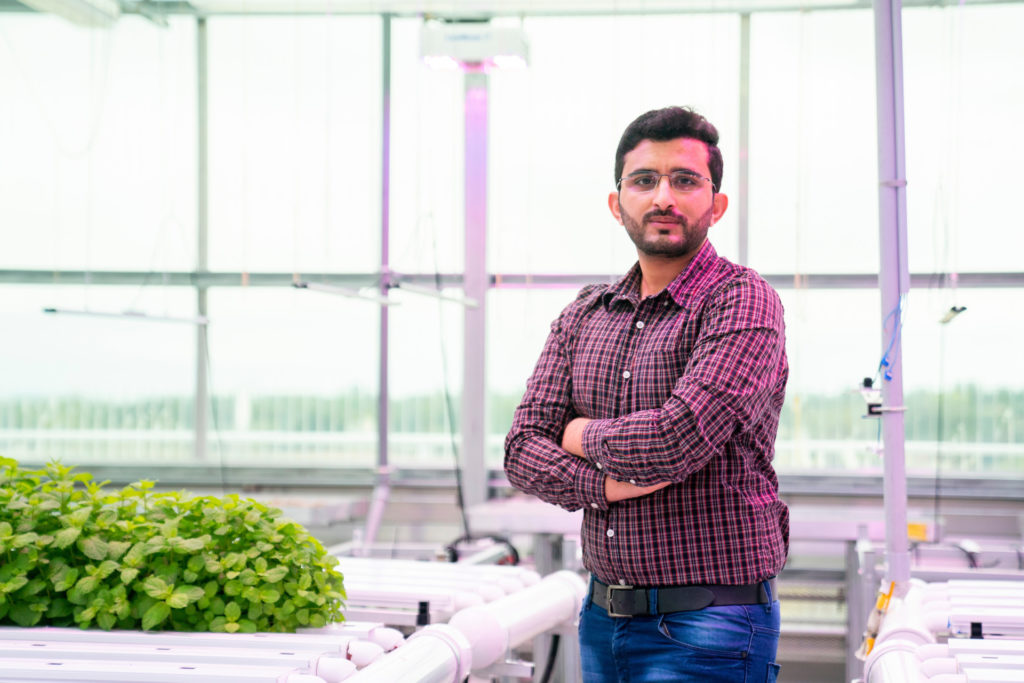
Innovation plays an important role in the evolutionary shift of food production. Texas A&M AgriLife researchers are using cutting-edge technology, including artificial intelligence, as they strive to provide more access to quality food for urban population centers. Utilizing automation and artificial intelligence in controlled-environment agriculture like greenhouses and vertical growing systems in warehouse settings contributes to reduced crop waste and maximum quality and nutritional value.
Taking nutrition from personalization to precision
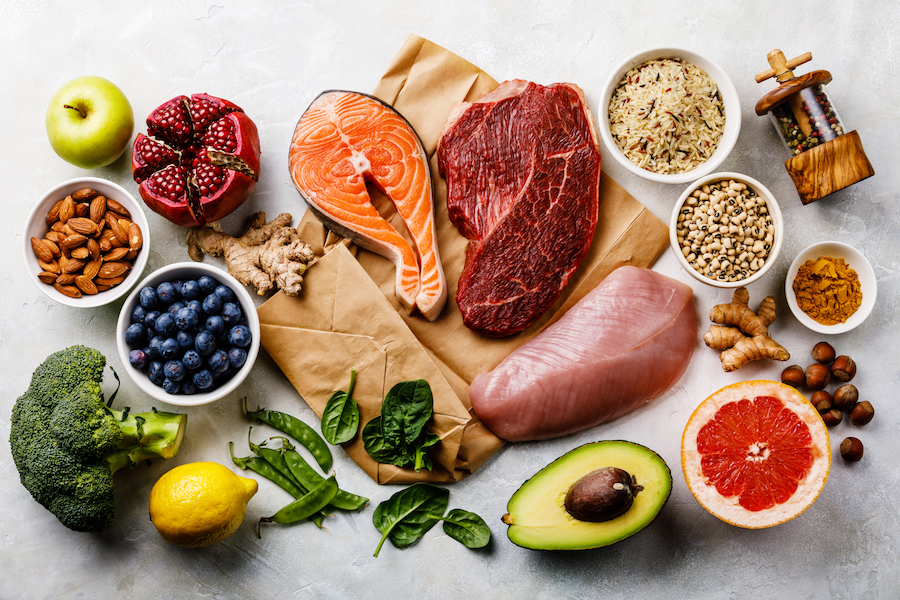
By expanding the connection between nutrition and genetics, AgriLife Research is increasingly focusing on developing more personalized dietary recommendations based on a person’s individual biological characteristics. This approach to nutrition through precision nutrition and individualized diet recommendations will promote healthier dietary intake and ultimately improve personal health outcomes.
Texas A&M AgriLife explores sustainability through insect farming
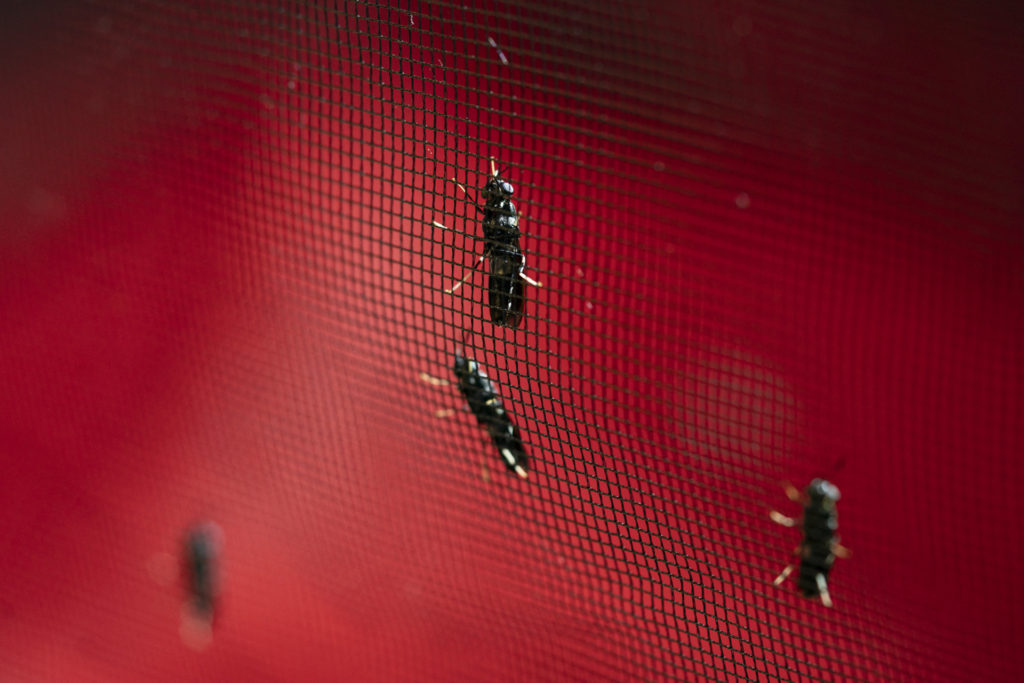
AgriLife Research is also exploring agriculture’s impact on the environment as it addresses food supplies for a growing population. Researchers are investigating the potential for insect farming to meet food and feed needs in response to climate change and other environmental threats. Texas A&M AgriLife researchers will lead the development of the Center for Environmental Sustainability through Insect Farming with a focus on sustainable food production by exploring new avenues to produce insect-based food for direct human consumption and as feed for livestock, poultry and aquaculture.
‘Plugging in’ to produce environmentally friendly bioplastics
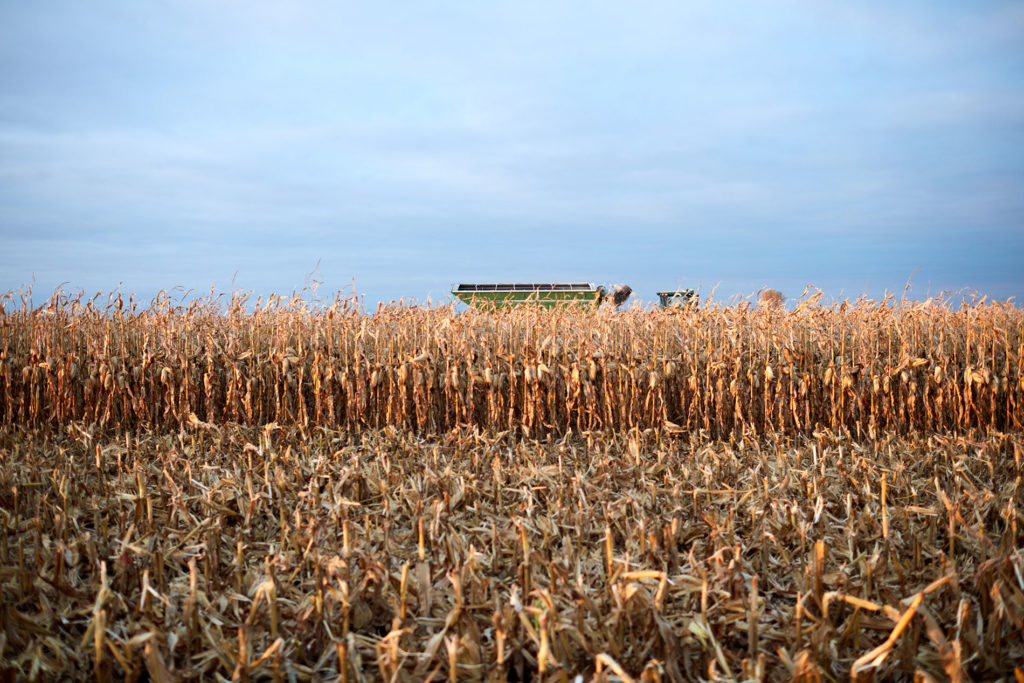
The sustainability of our food supply will require seeking scientific solutions to solve environmental challenges beyond our agricultural systems. AgriLife Research scientists are identifying more efficient systems to encourage the broader use of biodegradable plastics created from agricultural byproducts. The effort hopes to reduce some of the over 300 million tons of plastics, much from that of food packaging, produced each year.
Early Childhood Learn, Grow, Eat and Go! curriculum now available
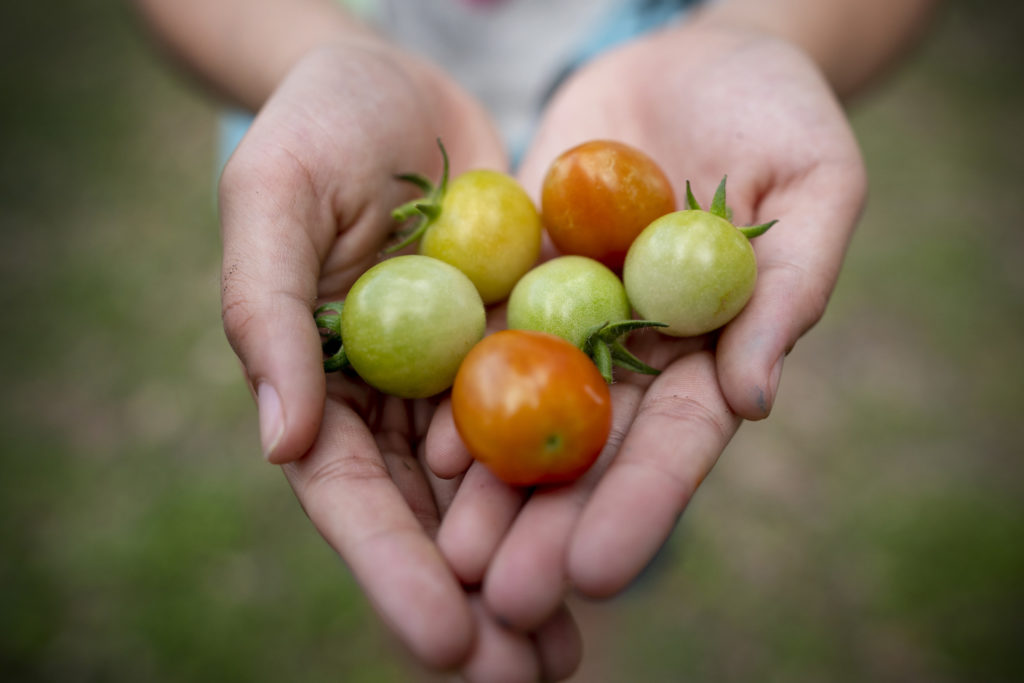
Helping cultivate the next generation of agricultural innovators and teaching the farm-to-plate journey of the food we eat, the Early Childhood Learn, Grow, Eat and Go! curriculum combines plant and garden learning, food and nutrition, and brain- and body-boosting physical activities, along with novel ways to engage parents, schools and the community. The program is specifically developed for students 4-5 years old. With such an early introduction into the lives of children, the program can potentially make significant impacts on youth perceptions of different foods and nutrition.
Growing the role of urban farming in Dallas County
With a creative repurposing of 12-acres of unusable urban land, a team of Texas A&M AgriLife Extension Service agents, county officials and gardening volunteers have teamed up to combat food insecurity in their community. Demonstration gardens built to educate urban residents about small-acreage vegetable production have produced 2.5 tons of fresh, farm-to-plate fruits and vegetables for several Dallas-area homeless shelters. Ultimately, the project has inspired small-scale gardening across the increasingly metropolitan county, teaching others how to grow their own food while giving back to those in need and strengthening the supply of fresh produce for local shelters.
Researchers focus on gene-editing technology to kick-start crop regeneration

(Stock photo)
In an effort to reduce allergen content in carrots, promote herbicide and disease resistance in potatoes, and promote disease resistance in citrus, AgriLife Researchers are focusing on genome-editing technologies to accelerate crop breeding. This approach leads to high precision and efficiency that translates into improved crop production and enhanced nutrition in the produce we eat, helping sustain a growing global population.


